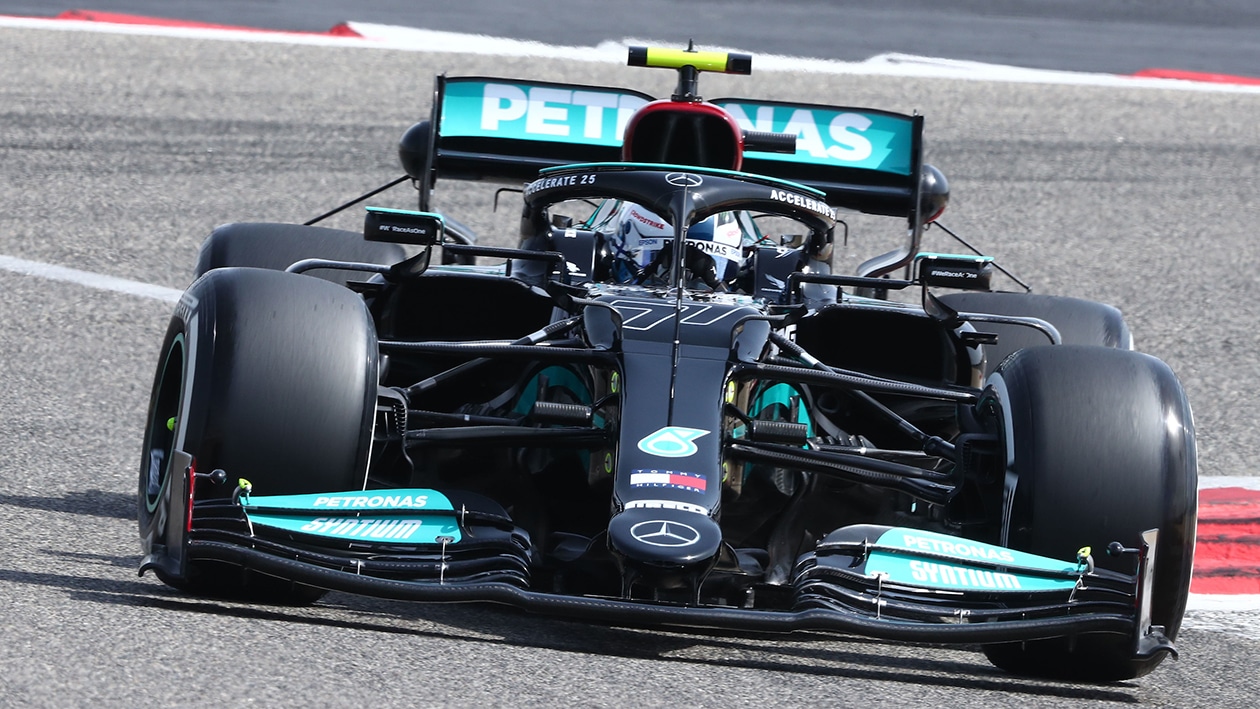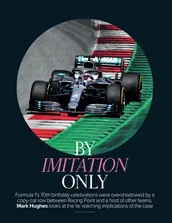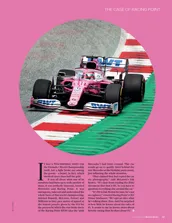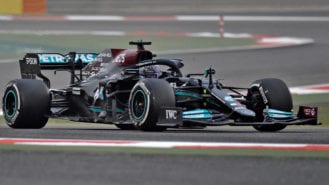It was a pretty fine point of distinction and the relatively soft punishment probably reflected the FIA’s acknowledgement that it may have been partly to blame because the wording of the relevant regulation was not as clear as it might have been. McLaren and Ferrari were the two teams which had always been most angered about the whole concept of the Mercedes W10-copy ‘pink Mercedes’ and they, along with Williams and Renault, announced their intention to appeal the ruling on the brake ducts. The others dropped their appeals shortly afterwards but Ferrari persisted.
Ferrari still carries a hell of a lot of weight in F1 and it tends to be very smart in how and when it throws it around. This was one of those times. Why did it persist with the appeal? Because it was leverage. Which in the game of politics is currency never to be surrendered. For F1 and the FIA the whole Racing Point controversy was unwelcome and needed to be resolved. Yet here was Ferrari dragging it out. But on the eve of the hearing Ferrari dropped its appeal. It won’t have done that for no reason.
Ferrari had at the time been campaigning against the FIA permitting Racing Point’s ’21 upgrade to Mercedes 2020 rear suspension without any development token spend. But that ruling was not overturned. So what did Ferrari get instead? Maybe nothing. Maybe they just agreed to drop the appeal for the good of the sport and to keep everyone happy. Or maybe there was something. Something very valuable and absolutely linked to why low-rake cars might be more handicapped this year.
“F1 needs a close competition after years of Mercedes dominance”
The original floor trim regs were announced back in May, long before the Racing Point brake duct penalty. But later in the year came additional tweaks, with the same stated aim of reducing rear downforce. The vanes hanging down from the outer edges of the diffuser would have their permitted length halved – and the winglets allowed on the rear brake ducts were to be reduced in width. Could these have been Ferrari-inspired ideas? After it had looked in the tunnel and CFD at the likely effects of the floor changes upon high and low-rake cars? Mercedes and Racing Point/Aston Martin were/are the only two teams running low-rake cars, so making that effect heavily politically loaded.
The brake duct winglets, as well as providing direct downforce, also work in conjunction with the flow coming off the outer diffuser strakes, aligning the flow inboard of the wheel, keeping it straight and from being sucked under the floor where it would disrupt the downforce being created there. But crucially, with a low-rake car, the diffuser is physically further away from the brake duct. With a high-rake car, the diffuser comes up to meet the brake duct more closely. Snip both diffuser strake and brake duct winglets and hey presto, it suddenly becomes more difficult to get the rear end aero working on a low-rake car… almost as if you have broken the airflow link between the two components, or at least made it much less robust and consistent.




